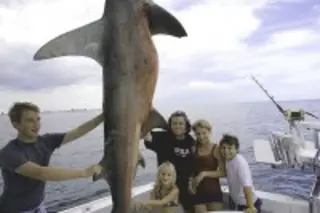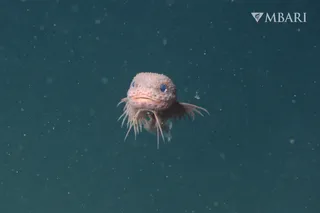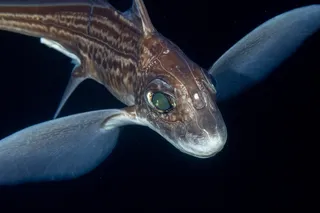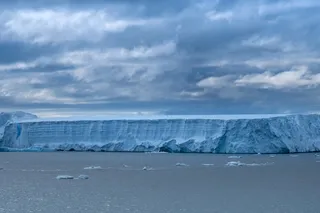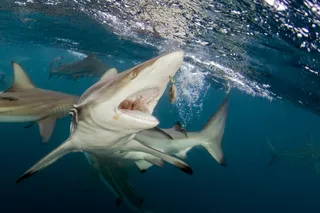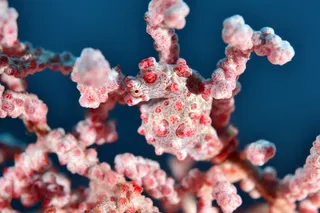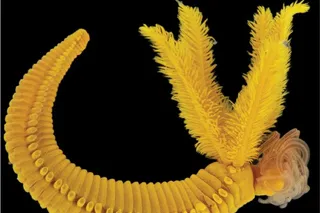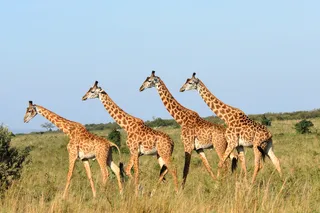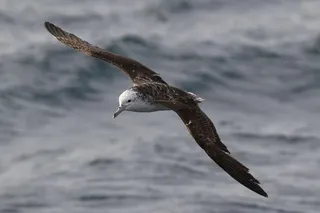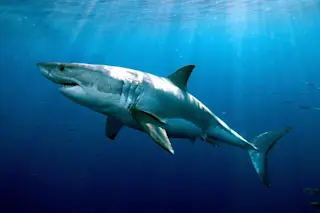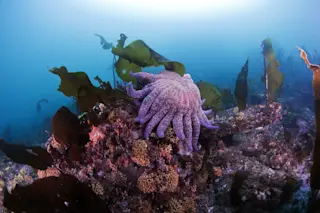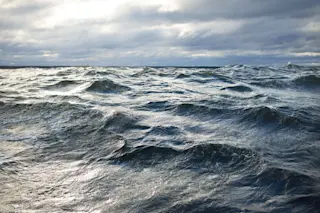The smiling family and their catch—a large great hammerhead. Photo from MarktheShark.com This past week was supposed to be a happy week for Rosie O'Donnell. She was ecstatic to announce that she's re-hooked her old job on The View, and will be joining its cast next year. But instead, Rosie is being scrutinized for a different catch—one made two years ago. In early 2012, photos began circulating of Rosie with Mark the Shark, a notorious fisherman who pompously claims he has killed over 100,000 sharks. Dangling in the foreground is a great hammerhead, the largest of the hammerhead species and one listed as endangered on the IUCN Red List since 2007 (prior to that they were 'data deficient'). Rosie was immediately and loudly criticized for the act, as the species had newly become protected under Florida law. Rosie did not respond well to the critique. "chill people - really - ...
"Endangered"—You keep using that word. I do not think it means what you think it means.
Discover the fate of the great hammerhead shark and the controversy surrounding Rosie O'Donnell's fishing trip. Click to learn more.
More on Discover
Stay Curious
SubscribeTo The Magazine
Save up to 40% off the cover price when you subscribe to Discover magazine.
Subscribe

